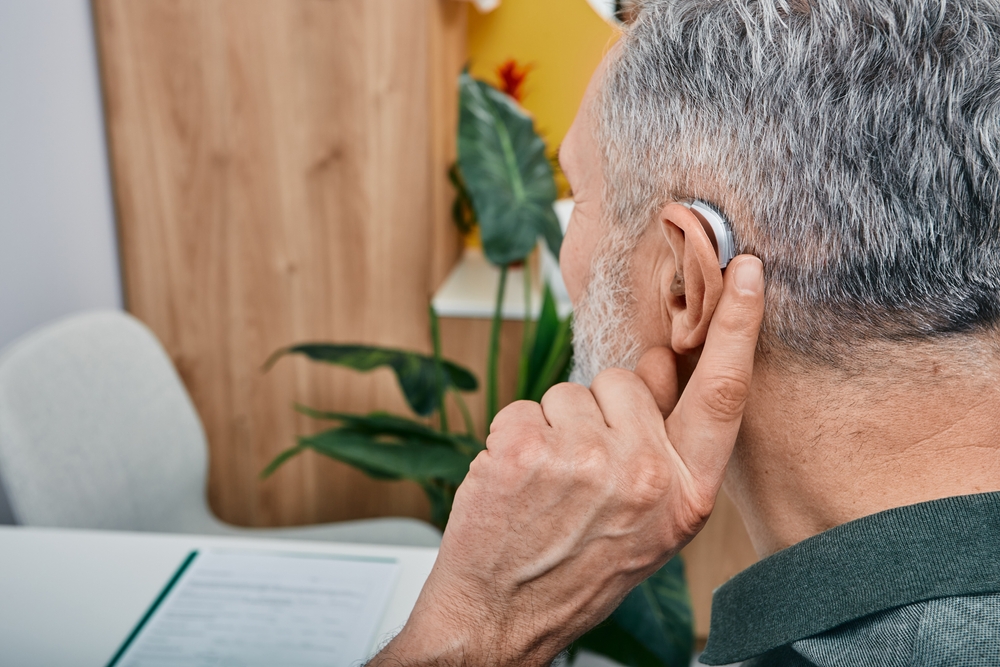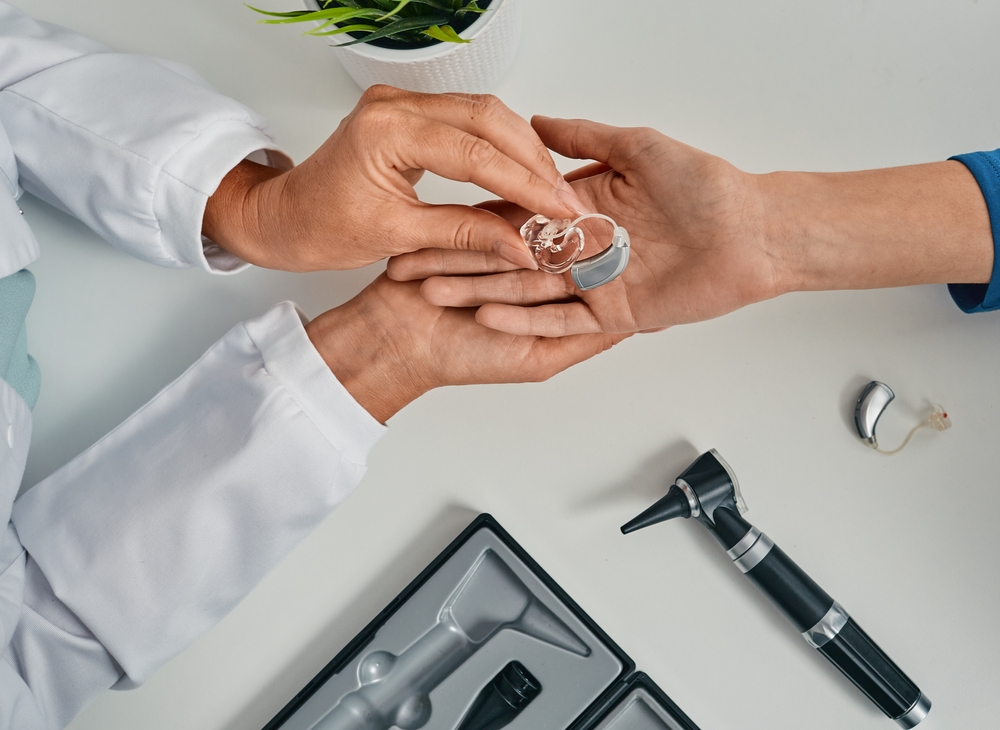Meet Dorine, who is eagerly sitting with her hearing specialist for the fitting of her first pair of hearing aids. While she’s excited about reconnecting with the world of sound, she can’t help but feel a bit apprehensive. The idea of having a high-tech device in her ear canal is daunting, especially since Dorine isn’t particularly fond of earplugs or earbuds.
Dorine’s experience reflects a common concern among first-time hearing aid users: the worry about comfort and fit. The desire to enjoy clear hearing without discomfort is universal. Dorine is eager to hear her daughter’s laughter and enjoy her favorite music without disturbing the neighbors. But will her new hearing aids be comfortable enough for daily use?
The adjustment phase: what to expect
Are hearing aids uncomfortable? For some, the initial experience can feel somewhat awkward. Just like with any new adjustment, there’s a period of getting used to the sensation of having hearing aids in your ears. While it might take some time, most people find that they adapt and become more comfortable with their devices.
Understanding the adjustment process can help ease your concerns and set realistic expectations for a smoother transition.
Adjusting to hearing aids involves two key aspects:
- Physical Sensation: Initially, you may experience a slight physical discomfort. Your hearing specialist might suggest wearing the aids for only part of the day at first. It’s important to note that while minor discomfort is common, pain is not. If you experience pain, it’s crucial to contact your hearing specialist promptly.
- Sound Quality Adjustment: Adapting to the improved sound quality can be a significant part of the adjustment. For many, hearing aids reveal a full spectrum of sounds that may seem overwhelming at first. Sounds that were once muffled or unnoticed may become more prominent. This can include new or louder sounds that might be distracting, such as the rustling of hair or background noise. Your brain will gradually filter out these less important noises over time, leading to a more comfortable auditory experience.
If you find either the physical fit or sound quality of your hearing aids to be bothersome, discussing these concerns with your hearing specialist is essential. They can make necessary adjustments to enhance your comfort and expedite the adjustment process.
Tips for enhancing hearing aid comfort
Fortunately, several strategies can help make the transition to hearing aids more comfortable:
- Gradual Introduction: When starting with your first pair of hearing aids, there’s no need to wear them all day immediately. Begin by wearing them for shorter periods, such as one to four hours a day, and gradually increase the duration. This gradual approach allows your ears and brain to adjust more comfortably.
- Practice and Patience: The world may sound different with hearing aids, and it may take some time to adjust to the new auditory landscape. Engaging in exercises such as reading along with audiobooks or watching movies with closed captions can help you acclimate more quickly to the new sounds.
- Optimal Fit: Ensuring that your hearing aids fit well is crucial. Discuss the fit with your hearing specialist during your initial fitting, and schedule follow-up appointments to fine-tune the fit as needed. Custom-fit hearing aids may also be an option for enhanced comfort and effectiveness.
Embracing your hearing aids
While it’s normal to experience some discomfort during the initial days or weeks with your new hearing aids, the goal is to make them a seamless part of your daily life. Consistent use is key to adapting quickly. Soon, the focus will shift from how you hear to what you hear, allowing you to enjoy the full benefits of your improved hearing experience.



